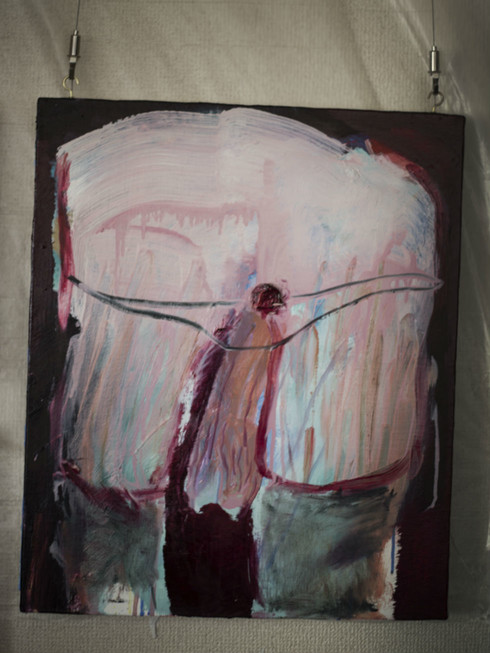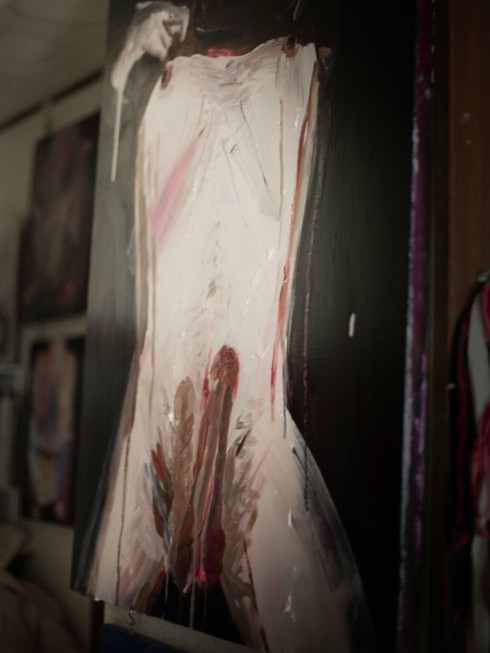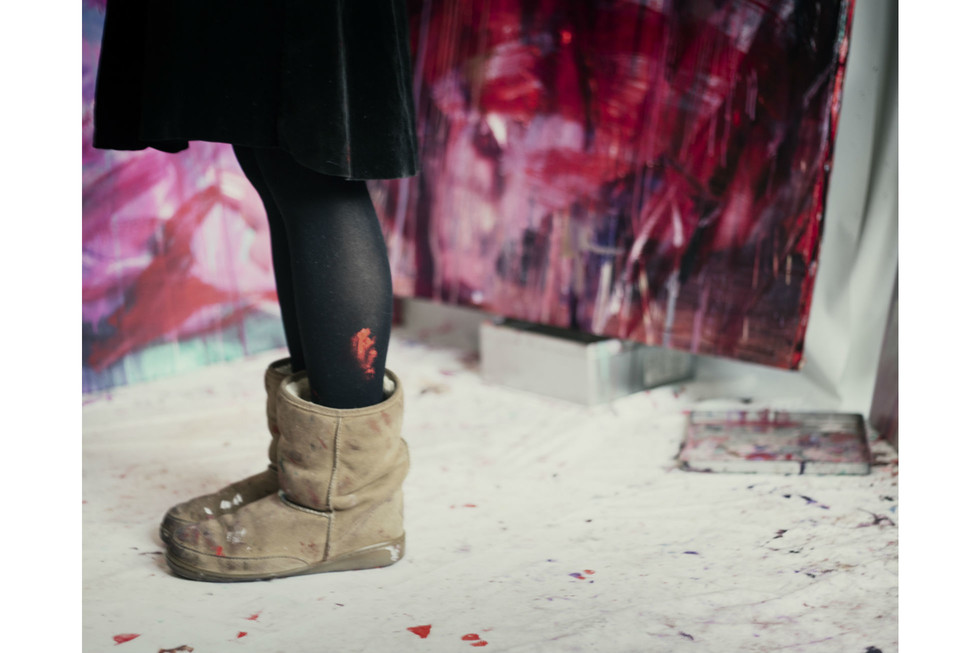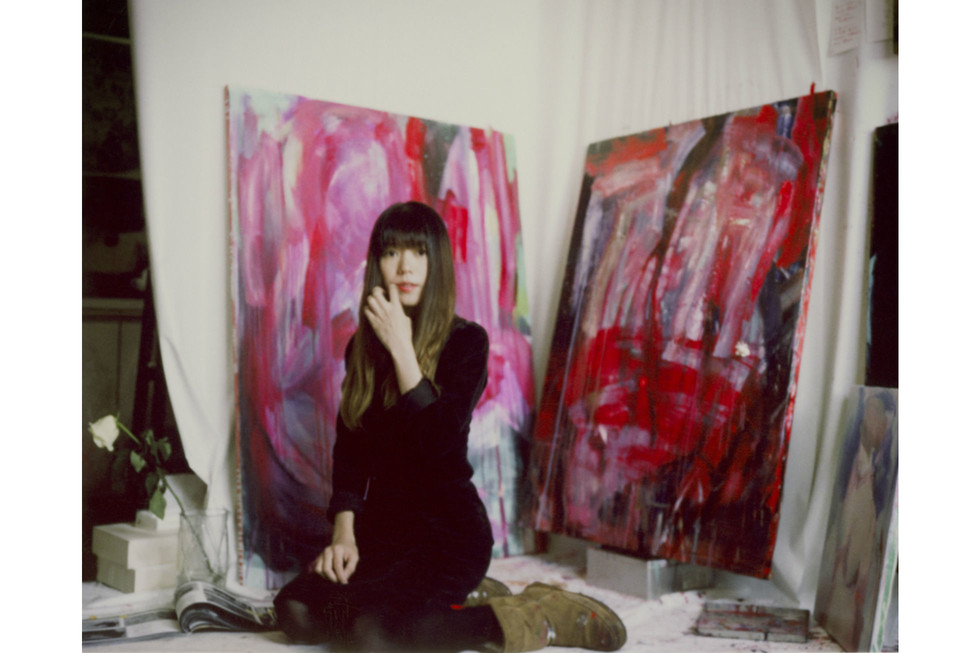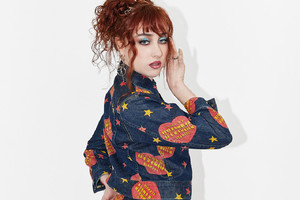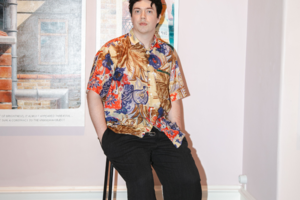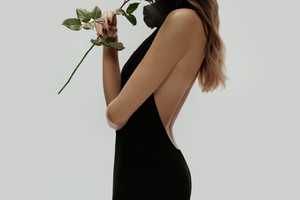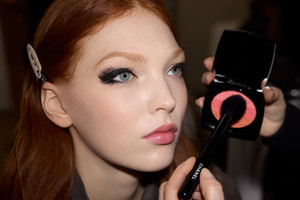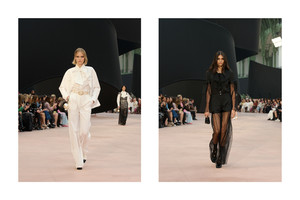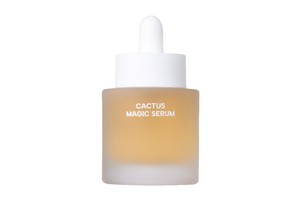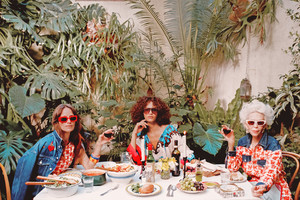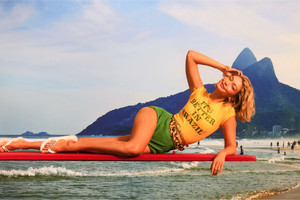MARIKO MATSUSHITA: EAST ASIAN IDEALS IN A POSTMODERN SHELL
Written by Ksenia RundinJapan has never ceased to be a source of inspiration for the Western culture, starting with the two-hundred-year-long isolation under the sakoku (“closed country”) policy and ending with Japonism, whose influences have embraced artists such as Vincent van Gogh, Edgar Degas, Alphonse Mucha and also art movements from Realism to Art-Nouveau and Symbolism. Odalisque Magazine was given a chance to talk art with the Japanese artist Mariko Matsushita, whose art works speak the language of philosophical aesthetics, bringing the matter and form into a conscious meaning for the beholder.
The references we see in Mariko’s art are a merely reflection of our mind, where those have already been hidden for a long time and now, provoked by the sense of exoticism, caused by the art works, are swiftly trying to break out. These are emotions that make us human, make us strong and make us feel real and alive. Looking at Mariko’s art we deal with a postmodern interpretation of East Asian ideals, where digital technology challenges our authenticity and questions our identity. Mariko makes you unpretentiously live it.
Why did you decide to become an artist?
I never thought of becoming an artist. I needed my own language to speak about myself. I seek for expression being driven by necessity. I am not an artist, I want to become myself.
When I look at your drawings I think of Frida Kahlo and Finnish artist Markus Heikkerö because I see a touch of surrealism, sexuality and vulnerability. Could you say what message you are placing into your drawings?
The message I breathe into my work is about the sense of “being alive”. During the course of one's life, you might feel pain like someone would be peeling off your rawhide. You feel a dark loneliness that no one can understand. You may experience a feeling of freedom, living like you were flying unconcerned. You feel the fate given to you by heaven. You feel the happiness which is warm and natural, spreading itself to every corner of the body. And you also feel the irony as all these might just be a lie.
I strongly feel that I am alive, especially through physical sensations. I do exercise, daily training my body. And this practice reminds me that in spite of the technological innovations, we humans are all given a small body, as a mass of very sharp sensory organs. Our own body tells us that it contains a certain flame similar to the sun’s, and that it is complex and mysterious like the universe, as much as it constitutes a very small and insignificant existence in comparison to the latter.
I always think about my sense of body and sense of time. Through experiencing my life, I think about life and death. Why are we alive, why are we humans, and why am I myself? In my actual sense of living, I also strongly feel an impulse urging and seeking for others.
You paint female body a lot. Who is/are the woman/women on your canvas?
Regardless of female or male, what I paint recently is myself or my close friends. My paintings are also words, mirrors, friends in my heart. So my models are often someone intimate or emotionally involved. The relationship may have ended, while painting. I interact and bring them back out of somewhere they don’t know they belonged to. In such a case, painting is also a ceremony of a fatal encounter and alienation.
I could also see a shadow of Van Gogh in your brush strokes. Am I right or wrong? Please comment.
I think that when you confront with painting, it is all up to the beholders, regardless who they are and how they think. The painting also acts like a mirror. Van Gogh lives in your heart, the heart that sees the shadow of Van Gogh on my painting. I think that is precious. In the movie “Fahrenheit 451”, there is a line saying something like, “There are humans behind the book, I am attracted to it”. I think that it could be applicable to all literature and all arts.
The impressive power that art can hold, is not only about creating the art as such, but also to deliver tremendous messages to someone through time and space. It is a message directed to life, which is not so easy to verbalize. It is a message directed to love and humanity.
Please tell me about your collaboration with the photographer Mikito Tateisi. What did you endeavor to create?
This is the record of myself. The day will come, when my own body dies. Until that day, I will continue to record my body and feelings of myself and others with paintings, photos, videos and poetry. I understand that I am an insignifiant person, but I feel that the record might help someone else to live. The place where human consciousness awakens is a very dark place. I think that art can be done by placing the next stepping stone in the dark without any concrete meaning.
In 2017, I spent the summer in the Delfina Foundation in London. While in residence, I hung a red cloth on the window and thus, lived everyday in a room reddened with the sunlight. In the room there were daily necessities and what I wanted to create was something overflowing and accumulated. The red room was also mentally influential, I was experiencing various psychological conditions … The room would turn pinkish with the daylight, then it turned into deep red with the evening light… It made me slightly nervous, giving a strange feeling. I gradually started thinking that I would like to create an art piece using meat, imitating a fetus placed in a pseudo-uterus called “a red room”.
At first I was making a small sculpture carving a little piece of meat in the shape of an animal, but the meat grew gradually and finally I walked around the city with a mass of meat weighting 14.4 kilos and spent time naked with the meat in my room. Thus, collaboration with Mikito is the record of the “red room” which also has been an installation and a performance.
You have had collaboration with a fashion brand. Tell about your experience as an artist entering fashion.
First of all, I merely lent the paintings, I did not participated in the designing process of the clothes as such. However, it was a very interesting experience of my paintings going to the town not only in the atelier and the exhibition place but also on the people's clothes.
In the 1990s, when I was a teenager, there were several magazines that snapped Japanese Harajuku Fashion, and the fashion was the street culture for me.
Two brands that I collaborated with are also brands for young women. Some people might get sceptical of such collaborations, but I would like to go out more on the street through production. I think that it will guide me to expressions that are not just paintings, such as images, performances and poetry.
I hope that not only prints with my art works are to be viewed but also many people wear art, become art, live powerfully and be free. And paradoxically, even if you do not wear anything, you do not have anything. No matter how old you are, you can be yourself, you can jump into art from writing only one verse, this is what I want you to feel with my art.
Do you have any future fashion collaborations planned?
I have not decided anything yet, but personally, I would like to make kimonos. Kimono is traditional Japanese clothing. I would make it very planar and play with it as it was a painting hanging in the room.
Like many Japanese people, I have had a modern childhood and thereof, have been separated from the traditional Japanese life. However, as I deal with art and deepen my various ideas, I gradually return to the Oriental ideas and thoughts.
When I stayed in the Delfina Foundation last year and traveled all over Europe, there were many cases that reminded me of Japanese culture. I think that fusing not only clothes but also wisdom of the West and the East is important.
What do you think art and fashion can learn from each other in the aspects of creativity and sustainability?
I am not specialist concerning fashion. However, looking at the changing society, various things can be considered. For example, a genderless world expressed and driven by fashion, a screened communication of the body deployed on the Internet. Furthermore, the manufactured limbs such as artificial arms and feet which are concerned a necessity today will be eventually transformed from the perspective of trans-humanism.
Medical development encourages people to dress. The design of artificial legs is already quite artistic now.
Imagining the future, the body expansion will be in the field of general fashion, I think that the sense of “human beauty” will become more diverse.
An era may also come when you can genetically customize the skin color, hair color, height, etc. of a child coming to be born. Why, is it me? Where on earth do you live with your heart? With the expansion of physicality, there will be a time of reincarnation, when many people listen to themselves and the question of “human”. It is very important.
We are living in the midst of the flow of the canal in the era of technology increasingly being developing.
Every art, music and literature will play an important role for not losing your human self, growing to an intelligent, lovely adult, and always keeping paying it forward to the next generations.
I am planning to travel the world from now on and I would like to know about gender and death in various cultures. I think that I will learn a lot about fashion and art as well.
And I will never stop dreaming about the future, drawing my sense classically and magically like a cave painting.


